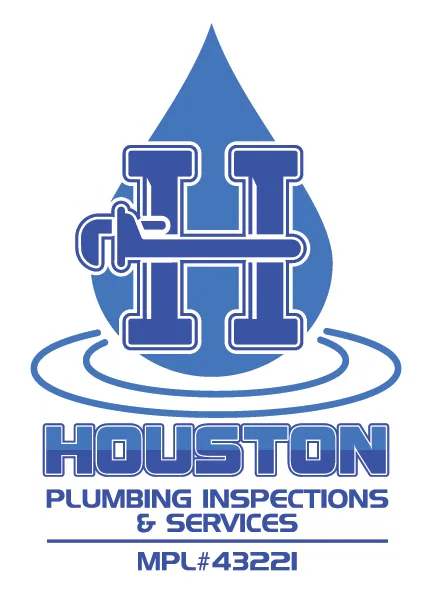Knowing Your Drain Line Material: Why Homeowners Should Be Informed
Underneath the comfort and convenience of every home lies a complex network of pipes and drain lines that carry wastewater away from sinks, showers, toilets, and appliances. While these plumbing systems may remain out of sight and out of mind for most homeowners, understanding the type of drain line material present under your home is crucial for several reasons. In this article, we'll explore why homeowners should be informed about their drain line material and the implications it can have for their property and plumbing system.
1. Maintenance and Repair Considerations
The type of drain line material used in your home can significantly impact its maintenance and repair requirements. Different materials have varying levels of durability, susceptibility to corrosion, and longevity. For example:
Cast Iron: Cast iron drain lines are known for their durability and longevity, often lasting for several decades with proper maintenance. However, they are susceptible to rust and corrosion over time, particularly in older homes or areas with acidic soil conditions.
PVC (Polyvinyl Chloride): PVC drain lines are lightweight, easy to install, and resistant to corrosion, making them a popular choice for modern plumbing systems. PVC pipes are less prone to rust and decay than metal pipes and typically require minimal maintenance.
Clay: Clay drain lines were commonly used in older homes and may still be found in some properties today. While clay pipes are resistant to chemical corrosion, they are susceptible to cracking, root intrusion, and shifting soil conditions.
By knowing the type of drain line material present in your home, homeowners can better understand the maintenance needs and potential vulnerabilities of their plumbing system, allowing them to take proactive measures to prevent issues and prolong the lifespan of their pipes.
2. Potential Risks and Vulnerabilities
Different drain line materials come with their own set of risks and vulnerabilities that homeowners should be aware of. For example:
Corrosion: Metal drain lines, such as cast iron or galvanized steel, are susceptible to corrosion over time, especially in environments with high levels of moisture or acidic soil conditions. Corrosion can weaken the pipes, leading to leaks, blockages, and structural damage.
Root Intrusion: Clay or concrete drain lines may be more susceptible to root intrusion, as tree roots can penetrate through small cracks or joints in the pipes in search of water and nutrients. Root intrusion can lead to blockages, leaks, and costly repairs if left untreated.
Shifting Soil: Clay or concrete drain lines may also be affected by shifting soil conditions, particularly in areas with expansive or unstable soils. Soil movement can cause the pipes to crack, shift, or collapse, leading to drainage issues and potential damage to the foundation of the home.
Understanding these potential risks and vulnerabilities associated with different drain line materials allows homeowners to be proactive in addressing them and implementing preventive measures to protect their plumbing system and property.
3. Planning for Renovations or Upgrades
Knowing the type of drain line material present in your home is essential when planning renovations or upgrades that may involve modifications to the plumbing system. For example:
Remodeling: If you're planning a kitchen or bathroom remodel that involves relocating fixtures or adding new drain lines, knowing the material of your existing drain lines can help ensure compatibility and proper integration with the new plumbing components.
Upgrades: If you're considering upgrading your plumbing system or replacing outdated drain lines, understanding the current material of your pipes will inform your decision-making process. You can choose materials that offer improved durability, longevity, and performance based on your specific needs and budget.
By being informed about the type of drain line material present in your home, homeowners can make more informed decisions when planning renovations or upgrades, ensuring that their plumbing system remains efficient, reliable, and up to code.
Understanding the type of drain line material present under your home is essential for homeowners to effectively maintain, protect, and upgrade their plumbing system. By knowing the maintenance requirements, potential risks, and planning implications associated with different drain line materials, homeowners can take proactive measures to safeguard their property and ensure the long-term functionality of their plumbing system. Whether you're a new homeowner or have owned your property for years, take the time to familiarize yourself with your drain line material and consult with a licensed plumber for guidance on maintenance, repairs, and upgrades tailored to your specific needs and circumstances.
